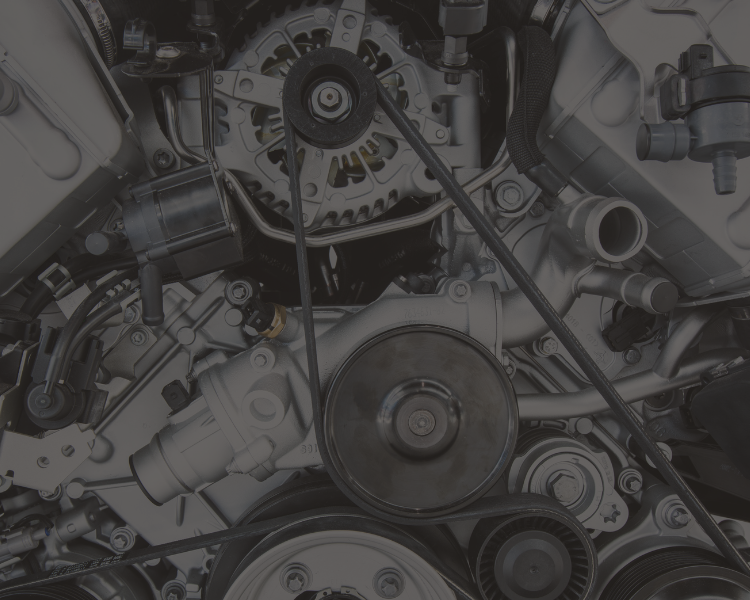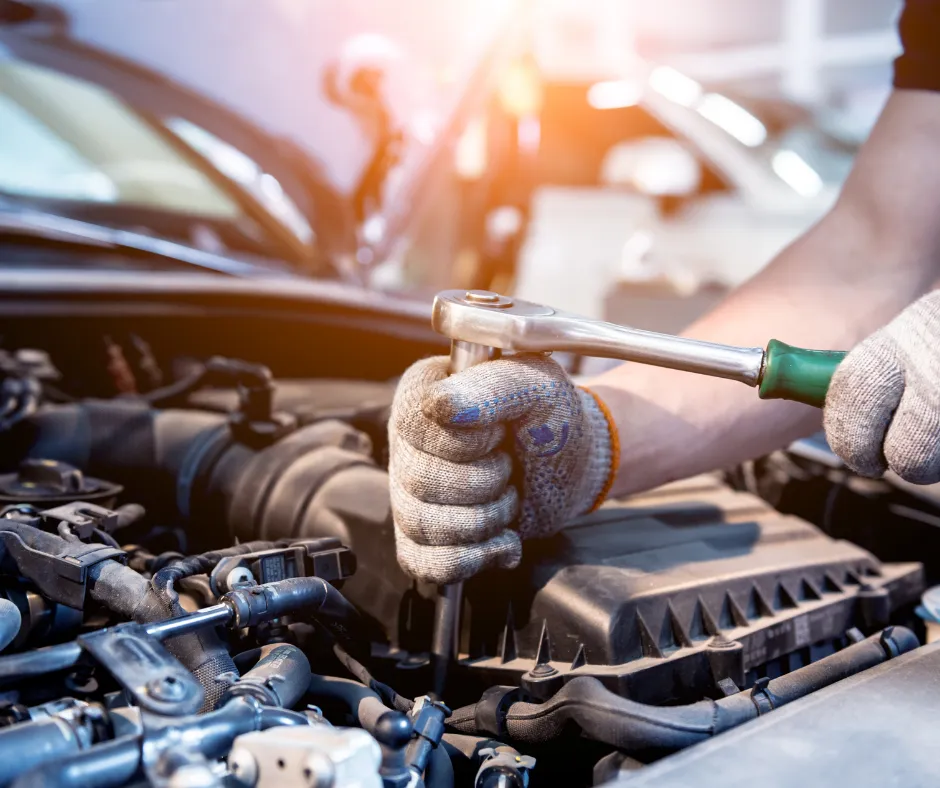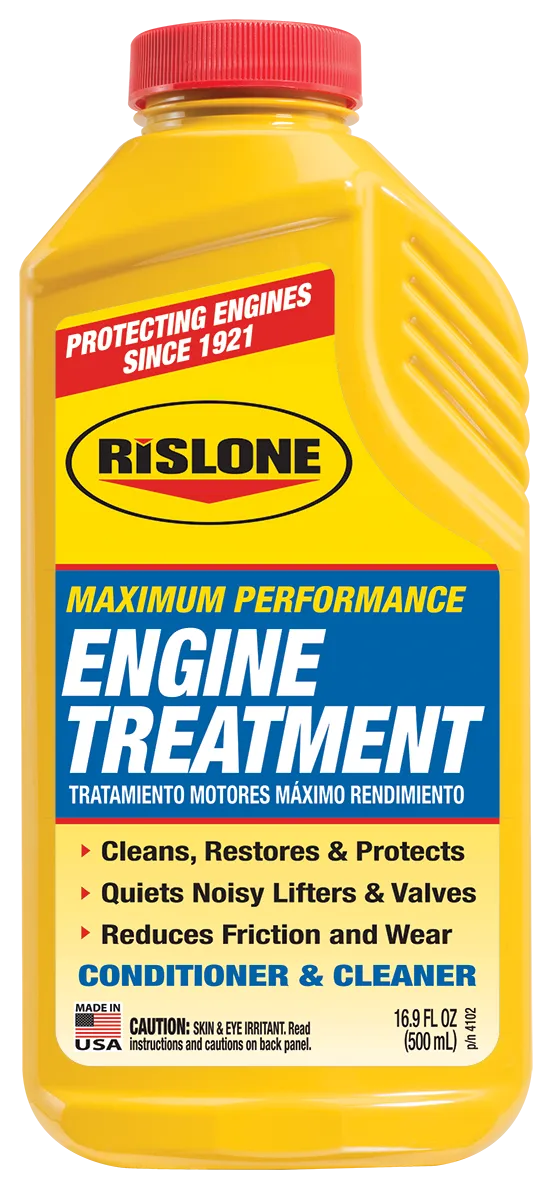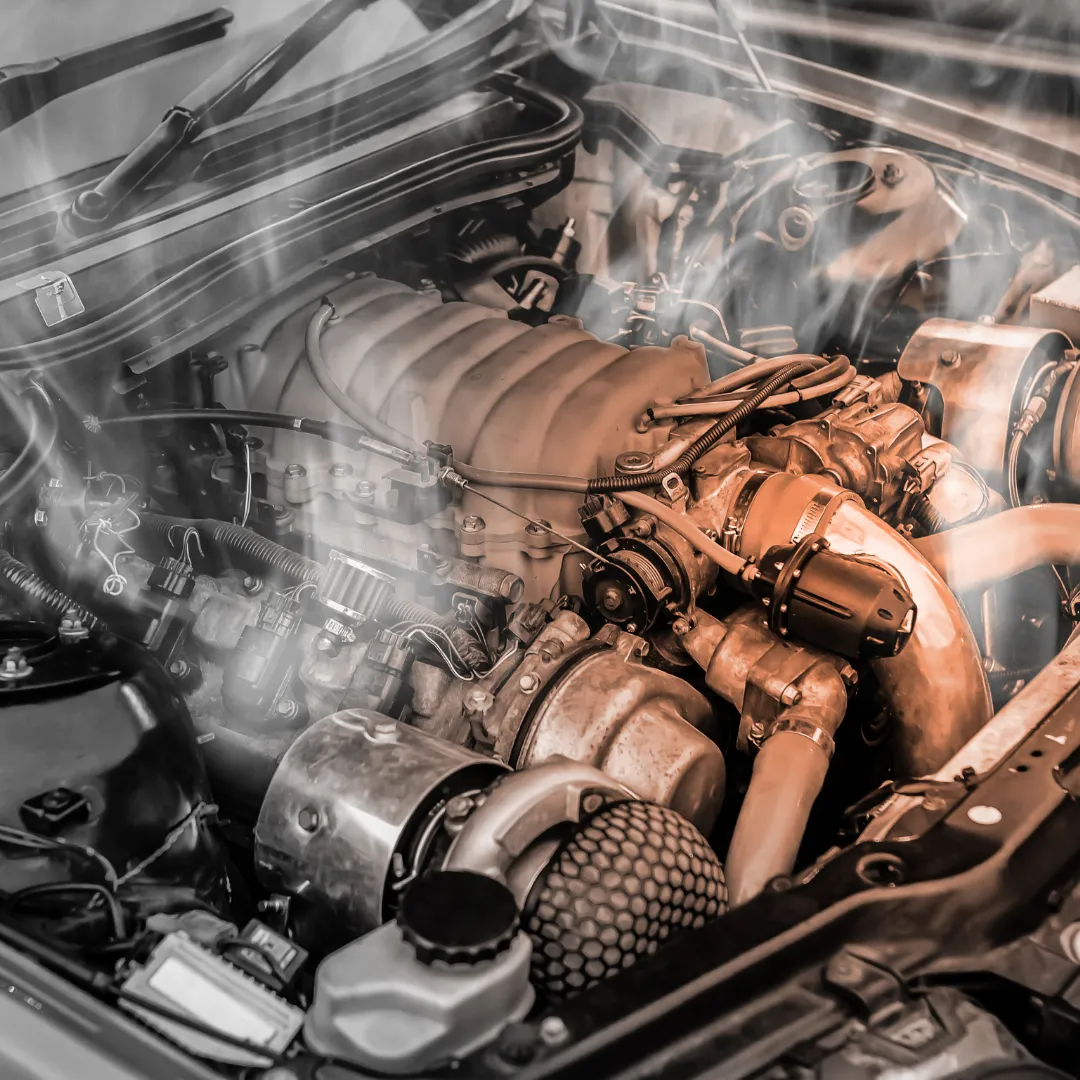What Is Blow-By & How to Prevent It From Harming Your Engine
Of all the problems you can have with your car’s engine, one that is the least understood is probably blow-by. You may have never heard of what is sometimes called oil blow-by or engine blow-by, but if you get too much of it in your car, you’ll know something is wrong. That’s why it’s important for you to learn what blow-by is and how to stop it in an engine.
What Is Engine Blow-By?
To understand blow-by, you need to understand how car engines work. Standard cars use internal combustion, a mixture of air and fuel gets sparked and essentially explodes with the power to move crankshafts and pistons. Naturally, this process can have some unintended by-products.
Specifically, the force of the combustion can push some of the pressurized gas, as well as any oil and still-liquid fuel mixed in with it, past the piston rings and into the crankcase where it does not belong. This unwanted fluid that blows by the piston and into that crankcase is known as blow-by.
Now, this in itself is not necessarily a problem, because your car has something called a PVC, Positive Crankcase Ventilation, system. Without such a system, the combustion could pressurize the crankcase, which could divert power from the engine and lead to oil leaks. The PCV system works by pulling that blow-by back from the crankcase, where it ends up in the air intake.
Oil/gas blow-by in the air intake isn’t much better than blow-by in the crankcase, which is why you also have an air-oil separator in the system. Unfortunately, this separator may not be 100 percent effective, especially over time, which is why you may eventually find yourself with a blow-by problem to deal with.
How Can Blow-By Harm Your Engine?
You may not notice the immediate effects of blow-by, especially if it happens a little at a time. However, over time, blow-by can cover your intake in oil and/or gasoline, severely reducing the efficiency of your engine. Even worse, under the right circumstances, blow-by can condense inside the crankcase and end up in your head and cylinders. This can lower the octane of your gasoline. If you ever used lower octane gasoline than recommended in your car and experienced engine knocking, you know what this is like.
This knocking is a sign of pre-ignition, where your air and fuel mixture ignites prematurely. Higher octane gasoline is more knock resistant. The octane level your car manufacturer recommends is sufficient to prevent pre-ignition, but not if oil or excess fuel find their way into the cylinders.
This situation is brutal on an engine, and blow-by can further lead to problems such as oil-coated spark plugs which will then misfire and valve carbon accumulation. You definitely do not want blow-by anywhere but the filter, so how can you stop blow-by in an engine?
How to Prevent Blow-By From Harming Your Engine
The most popular way to deal with blow-by is through the use of a catch can. The name signifies what it does — catching the fuel and oil blow-by after the PCV recalls it but before it ends up in your intake. The catch can suck in the excess fuel and oil, condenses it and keeps it in a separate cylinder, isolated from the rest of the car’s engine and related parts.
When purchasing a catch can, you want to pay attention to the type you get. Some catch cans attach to the crankcase and have a breather filter on top that vents the pressure out into the world. This is effective, but it is not very good for the environment, and your state may not even allow it. It’s better to get a catch can that catches and condenses the blow-by for disposal at another time.
Another factor you want to be aware of is how many inlets your catch can has. If the catch can only has one, you may have trouble fitting it to a V-shaped engine. Try to make sure the number of inlets on the can matches the number of ports on the engine.
Once you have found a catch can that fits, and that actually catches the blow-by, you want to think about how to get rid of the blow-by. Your catch, if it is working correctly, will fill with the sludge of condensed oil and fuel. If you don’t empty it regularly that sludge will go right into the intake if you make a sharp turn or a hard stop, defeating the purpose of the catch and creating a worse problem.
A solution is getting a catch can with a baffle. This is a catch can that includes a divider to keep the oil at the bottom of the can, even through turns or sudden speed changes. This protects the engine from the contents of the catch can until you can empty the can.
Contact Rislone for Help Today
In addition to adding a reliable catch can to your system, it’s a very good idea to protect your fuel system entirely with additives such as Rislone’s Complete Gasoline Fuel System Treatment, which boosts octane and cleans your valves and combustion chamber. Our products are the highest quality on the market, easy to use, and a great way to protect your engine from the effects of blow-by and other engine-related issues. To find a retailer of Complete Gasoline Fuel System Treatment and other Rislone products near you, visit our visit our store locator.




